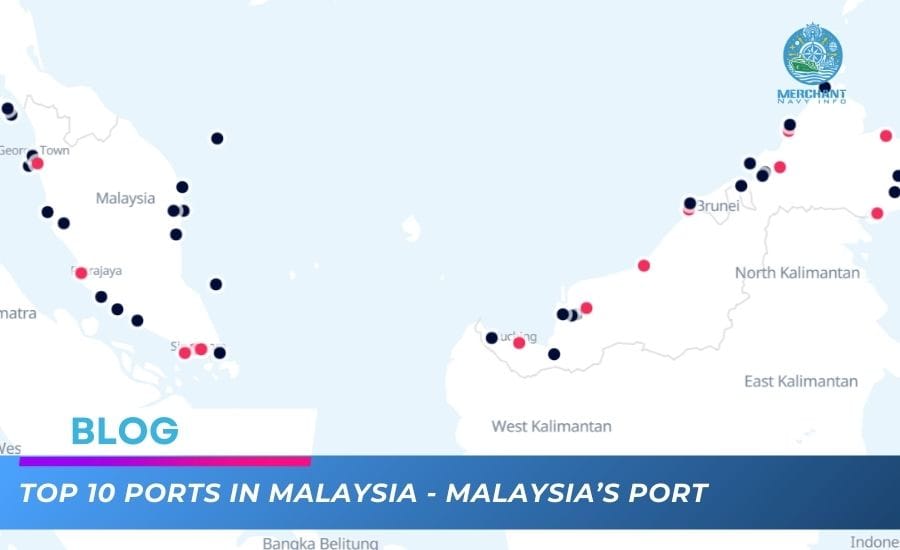
In the spring of 1944, tragedy struck as the American military conducted secret exercises. On Slapton Sands for the D-Day invasion. German speedboats infiltrated the convoy, resulting in one of the largest American casualties since Pearl Harbor. Today, visual reminders of the landings are scarce, but under the waves, sunken tanks, ships, and aircraft. Lay alongside fascinating stories of life after death. Steve Mortimer, a specialized diver, notes that shipwrecks are like underwater time capsules. Serving as the final resting place of those who fought for the country. The wreckage is adorned with artifacts from the past and strange sea anemones, catching plankton on their feathery tendrils.
Fish such as pollock, ling, conger eels, and sea bass. Which typically use natural reefs for shelter, now inhabit the artificial reefs in the English Channel. Historian Harry Bennett from the University of Plymouth attributes the construction of these reefs to the D-Day invasion of Normandy. The severe weather conditions during the invasion caused many landing craft, tanks, and a Norwegian destroyer to sink. Leading to the formation of these artificial reefs. Bennett explains that the sunken tanks provide homes for small creatures and plants. Offering a silver lining to the tragic events of D-Day. Biologists emphasize the importance of these artificial reefs, with an estimated 3 million such sites worldwide, which serve as vessels for new life.
Shipwrecks
Shipwrecks play an important role in marine ecosystems, serving as havens for wildlife and protecting resources of blue carbon. These sunken vessels become home to new species and contribute to the richness and diversity of microbiomes. Additionally, shipwrecks help prevent ocean floor sediments from being washed away and replenish carbon-sequestering sediments. The wreck of the former Royal Navy frigate HMS Scylla in Whitsand Bay, Cornwall, provides insight into the long-term effects of marine infrastructure, including oil rigs and wind farms. Researchers have observed changes in flora and also fauna over time, including the flourishing of various organisms and the arrival of specific sea life around the wreck.
A 3D model called “Virtual Scylla” has been developed, featuring a climate change game for educational purposes. However, artificial reefs cannot perfectly mimic natural ones, and marine litter poses risks to existing reefs and vegetation. The text discusses the environmental impact of sunken ships and artificial reefs. It mentions the potential for invasive species to be transported in ships’ ballast water and the debate about whether artificial reefs attract fish or generate new fish biomass. The presence of toxins and oil in sunken ships poses a threat to marine life. It also highlights the historical significance of sunken war remnants that attract tourists and marine life. Additionally, it describes the remains of Mulberry Harbour in France and the emotional significance of such sites for people with connections to maritime history.










